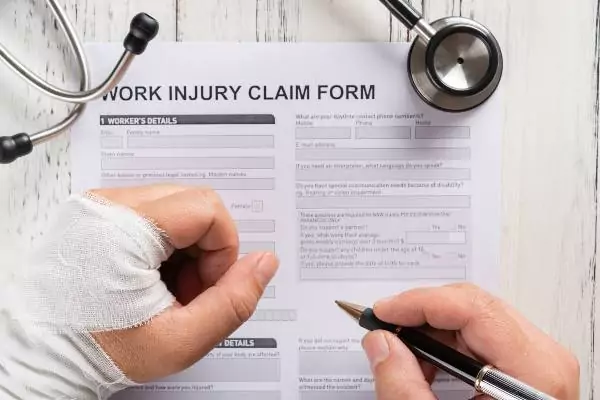Dealing with a brain injury can be an overwhelming journey, as the implications often extend far beyond immediate medical concerns. The recovery journey might require long-term care, therapy, and substantial financial support. This is where structured settlements come into play, as they offer a consistent income stream that can significantly ease the burden of ongoing expenses.
If you are sifting through your options after experiencing this type of trauma, understanding the potential benefits of structured settlements could be incredibly useful. Stick around as we delve deeper into why this financial arrangement might just be what you need to guide your path toward healing and stability.
Understanding Structured Settlements
Simply put, a structured settlement is an arrangement where, instead of a lump sum, you get paid in smaller, periodic payments. These could be monthly or yearly, tailored to fit your needs over time. Structured settlements are particularly helpful when long-term care and steady finances are part of the recovery equation. Brain injuries fit right into this framework due to their unpredictably evolving nature and potential for lifelong impacts.
“Structured settlements can be life-changing for brain injury survivors. They ensure financial security and consistency, which are crucial during such turbulent times,” says attorney Russell Berkowitz of Berkowitz Hanna Malpractice & Injury Lawyers. In essence, through structured plans like these, essential customization meets necessary stability—both very welcome when tackling the aftermath of severe trauma.
Deciding Between Lump Sum and Structured Settlements
Choosing between a lump sum payout and a structured settlement can be tricky. On the one hand, getting all your money at once might sound like the best bet. It gives you immediate access to cash when expenses pile up quickly.
However, this scenario has its pitfalls—financial mismanagement is not uncommon when large amounts enter your bank account in one go. Such sums can be exhausted quicker than expected, often due to poor investment choices or high-spending habits triggered by sudden wealth influxes.
Structured settlements offer pacing; they help stretch out finances for longevity and stability. This choice tends to mesh well with handling hefty ongoing medical costs that brain injuries often entail. If security rather than immediacy aligns more closely with your needs, considering an arrangement of steady income might be wise.
Crafting Your Structured Settlement
Typically, a structured settlement is created during the settlement of a personal injury lawsuit. A financial consultant specializing in these arrangements designs the payment schedule based on your specific needs and projected future expenses.
Your personal injury lawyer plays an integral role here—they liaise with financial experts to ensure the setup benefits you in the long term. Once agreed upon, it is generally fixed. However, certain aspects may be adjusted if circumstances significantly change. Always collaborate closely with your lawyer to build a flexible yet stable structure customized just for you.
Navigating Tax Implications of Structured Settlements
Structured settlements bring some good news—these payments are generally tax-free. This exemption applies to personal injury cases, providing a financial breather. But, like all rules, nuances exist. For instance, interest accrued from the payout can sometimes be taxed.
As this terrain can get complex quickly, your personal injury lawyer becomes an essential navigator in these waters. They will ensure no stone is left unturned when maximizing your settlement’s benefits while steering clear of potential tax pitfalls. Remember, getting your compensation right can make a huge difference in your quality-of-life post-accident.
Don’t miss the latest updates and alerts visit: Internal Insider!










